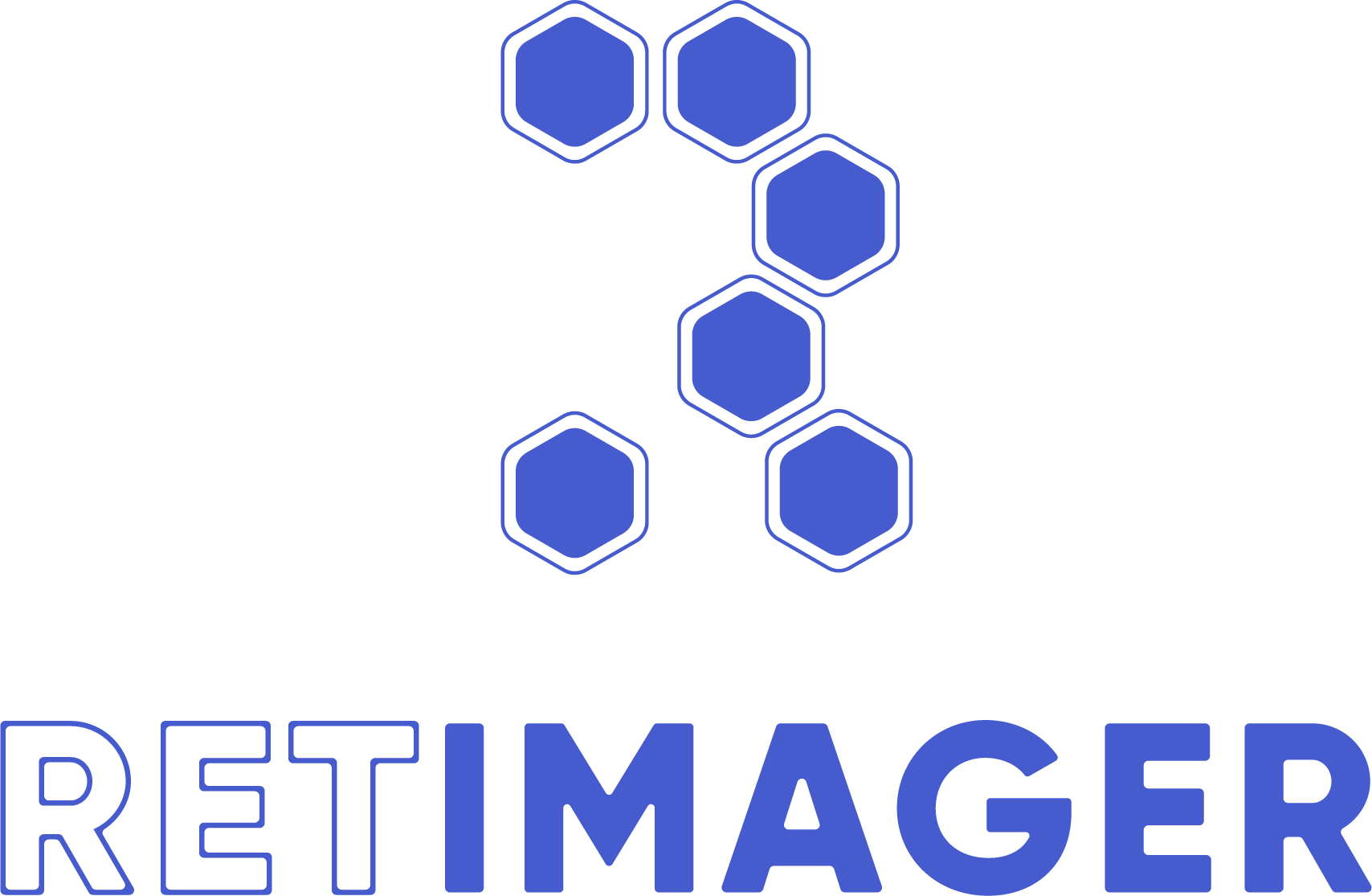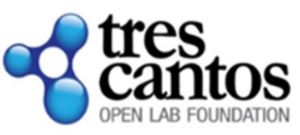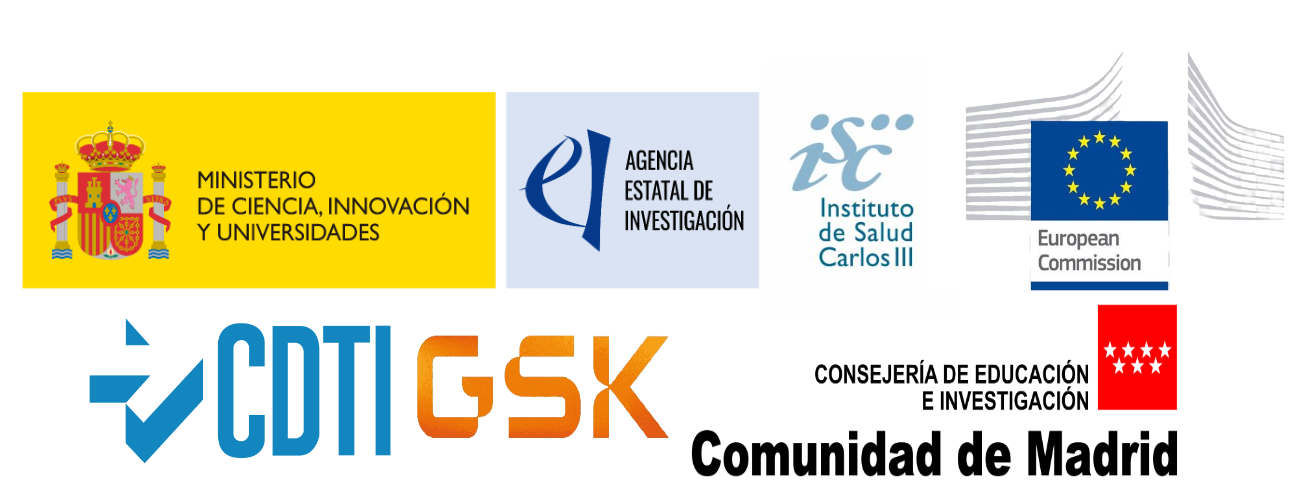
Projects

ERA4TB
European Regimen Accelerator For Tuberculosis
European Accelerator of tuberculosis Regime project is a public-private initiative devoted to accelerate the development of new treatment regimens for tuberculosis”. The main objective of ERA4TB is to develop and test combinations of molecules for which there is yet limited or no resistance described in the Tuberculosis clinical field. The consortium will need to reach this target to complete the preclinical pipeline necessary to development new TB treatments. The project is expected to revolutionize the way TB treatments are developed through its parallelized and multi-entry pipeline structure, analogue to a production line. This setup allows to investigate systematically the efficacy of several treatments/drug candidates and also possible combinations simultaneously although allowing new molecules to enter the ERA4TB pipeline at the research stage corresponding to the knowledge degree on said candidate drugs gathered before the project’s start. According to this approach, the ERA4TB consortium purpose is to significantly reduce the time required for the development for the new TB treatment regimens by up to a quarter.
Juan José Vaquero, BSEL member coordinates ERA4TB, the project initiative integrates up than 30+ prestigious organizations from the European Union and the United States including the main global actors in the fight against TB infection. The project has started from 2020 and it will be until 2026, at the end of which, the consortium await to have developed new combination regimens with treatment-shortening potential ready for Phase II clinical evaluation.
IP: Juan Jose Vaquero López | Universidad Carlos III de Madrid

RETIMAGER
Real Time Molecular Imager With Unsurpassed Resolution
The main objective of RETIMAGER is to develop a real-time 3D molecular imager system for in vivo metabolomics quantification, will offer increased sensitivity and a 10-fold improvement in both spatial and temporal resolution with respect to current molecular imagers while reducing patient’s exposure by a factor of two. Real-time means here on-line and on-the-fly imaging with a refresh rate > 4 frames per second (fps), comparable to ultrasound, and off-line reconstruction of 100 fps, at least 10 times faster than current state-of-the-art PET.
We will achieve our goal by developing smart radiation detectors with non-conventional geometries that combine the advantages of both pixelated and monolithic detectors, the two dominant and seemingly incompatible technologies employed in PET scanners. Our new scanner will provide 0.25 mm pixel resolvability with time frames as short as 0.01 sec. By aggregating these blocks in a unique gantry self-adapting to the geometry of the field-of-view, RETIMAGER will achieve an unprecedented increase in sensitivity and in vivo real-time imaging with submillimeter resolution. We will pair it with high-throughput data processing and AI tools to assess with a single tracer both perfusion and metabolism in preclinical and clinical models. In the long run, RETIMAGER’s faster, lower dose, and less invasive molecular imaging technology will become a game-changer for understanding disease processes by unveiling new accurate image-based quantitative biomarkers, taking scientific and healthcare stakeholders a step closer to personalized precision medicine.
IP: Juan Jose Vaquero López | Universidad Carlos III de Madrid

Advancing Tuberculosis Translational Medicine through Humanized Mice Models
TRES CANTOS OPEN LAB FOUNDATION (TCOLF).
The outcome of Mycobacterium tuberculosis (Mtb) infection is the result of a multifaceted interplay of the microorganism with both the innate and the adaptive immune responses. The complexity of host-pathogen interaction has the development of multiple animal models traditionally designed for the active form of the disease and mainly focused on reproducibility and homogeneity. These models have been essential to understand the evolution of the disease as well as the effectiveness of the different therapeutic approaches to eliminate the infective agent, although none of them reflect the complex pathology characteristics of human disease and the different susceptibility of the bacteria populations present in the diverse regions of the lesions. The United Nations Sustainable Development Goals (SDGs) and End TB Strategy targets set for 2030 will not be achieved without intensifying research and innovation. The acceleration in the annual decline in the global tuberculosis (TB) incidence rate needed to meet 2025 objectives will be accomplished with new technological innovations to speed up the development of vaccines, new drug treatment to cut the risk of TB disease, rapid diagnostics for use at the point of care, and simpler, shorter treatments for TB disease. We propose the development of a Mtb CD34+ Humanized Mice Model as a meaningful tool for a translational and integrated preclinical model for TB disease progression. Combining systems biology disciplines, we expect to set up the for the development of translational TB model to analyse host-bacteria-drug interactions ruled by the human immune system. The implementation of an in vivo model covering human immunological pathways will enhance the knowledge of human defences and the development of innovative interventions bending hot-pathogen interaction in favor of the host to complement the traditional pathogen-directed therapies.
IPs: Alfonso Mendoza Losana – Santiago Ferrer Bazaga | Universidad Carlos III de Madrid
TAIN-TB
Development of a Mycobacterium-specific CT contrast for TB diagnosis and monitoring
The gold standard to assess efficacy of TB drug candidates relies on counting the viable Mycobacterium tuberculosis (Mtb) cells from cultures from the samples (ex vivo and in vitro) at a limited number of time points, expressed as Colony Forming Units (CFU). CFU measurement presents serious limitations, notably, its long processing times, its inability to precisely describe Mtb load distribution in the lung tissue and its low sensitivity. The former means that the CFU offers only a rough account on the relation between bacterial presence and lung lesion extension and type; the latter implies that the technique fails in situations of low Mtb loads, which are key in the assessment of new anti-TB drugs given the latent and relapsing nature of the infection. In order to supersede CFU measurements with more advanced techniques to assess Mtb load, it is necessary to develop molecular labels capable to specifically mark Mtb cells, ideally both in vitro and in vivo as a way first to increase the speed to develop new drugs against TB and, eventually, to be able to detect and follow the infection in patients in a fast reliable manner.
IPs: Alfonso Mendoza Losana y Patricio López Expósito | Universidad Carlos III de Madrid
IN-DEPTH
INtelligent modular DEtector for PET
PET imaging offers a specificity that no other medical imaging modalities can provide, making it especially useful for the detection of very small lesions that go undetected using other techniques. Molecular imagers, however, present a lower resolution than that of other modalities like Computed Tomography (CT, X-ray) or Magnetic Resonance Imaging (MRI). Another restriction for the nuclear imaging is related to radiation dose involved in the studies and the relatively long times required for these. Although there are PET scanners in the market with submillimeter resolution, these are only commercially available for preclinical systems, and they trade off sensitivity to achieve that spatial resolution. State-of-the-art human scanners have a resolution close to 3 mm. Whole body PET systems represent a considerable advantage when compared with conventional ring-shaped systems, resulting in reduced acquisition time and dose reduction. However, their high cost makes them unaffordable for most common clinical practice. Dedicated PET systems could provide benefits similar to whole-body systems in terms of dose reduction and sensitivity increase but just at a fraction of the price. One drawback however of this kind of system is that, as the name implies, they can only be used for particular applications, which balances down the potential advantages of the concept. At present no dedicated PET can be found being used in clinical practice. The project from which this proposal is derived Parametric Image of the Embryonic Brain: A new proposal for high-performance biomedical instrumentation, focused on the study of the miniaturized high-resolution detectors to use them on multimodality systems. The results achieved in that project suggested a new way to pack PET detectors into a new modular system. The objective of IN-DEPTH is to design, build and demonstrate an intelligent molecular imager prototype based on PET technology with capacity to adapt ad hoc to the geometric features of the study subject by means of a robotic arm (TRL7). IN-DEPTH will address the main drawbacks associated with current PET scanners, namely the poor resolution and sensitivity and the single-application limitation associated with dedicated PET systems. According to our estimations, IN-DEPTH will dramatically improve resolution reaching 0.8 mm, while increasing the sensitivity by 20% through the engineering approach described below. The system will overcome the limitations of dedicated PET prototypes thanks to its modular detector that enables adaptation to numerous applications. Estimates for market potential for an eventual modular imager based on IN-DEPTH are good, spanning several application contexts, from pharmacological preclinical research and academia to healthcare providers.
IP: Juan Jose Vaquero López | Universidad Carlos III de Madrid
Ongoing
-
PID2022-142343OB-I00, TAIN-TB: Desarrollo de contrastes de TAC específicos de micobacterias para el diagnóstico y seguimiento de la tuberculosis. AGENCIA ESTATAL DE INVESTIGACIÓN; MINISTERIO DE CIENCIA E INNOVACIÓN. UNIVERSIDADES. IPs: Alfonso Mendoza Losana y Patricio López Expósito. (Universidad Carlos III de Madrid). 01/09/2023-31/08/2027.
- TC312, Advancing Tuberculosis Translational Medicine through Humanized Mice Models. EUROPEAN UNION; TRES CANTOS OPEN LAB FOUNDATION (TCOLF). IPs: Alfonso Mendoza Losana – Santiago Ferrer Bazaga. (Universidad Carlos III de Madrid). 01/01/2024-03/06/2025.
- GA-101099096, Real time molecular imager with unsurpassed resolution. EUROPEAN COMMISSION RESEARCH EXECUTIVE AGENCY. INSERM, Inspiralia, Helmholtz Association of German Research Centres, FZJ, WEEROC SAS, Universidad Carlos III de Madrid, Universidad Complutense de Madrid. IP: Juan Jose Vaquero López (Universidad Carlos III de Madrid). 01/09/2023-28/02/2027. (UC3M Team coordinates the European Consortium)
-
853989, ERA4TB / European Tuberculosis Regimen Accelerator. Innovative Medicines Initiative 2 Joint Undertaking from the European Commission (IHI); University of Dundee; Evotec; GSK GlaxoSmithKline; Janssen; Bill & Melinda Gates Foundation; TBAlliance. IP: Juan Jose Vaquero López (Universidad Carlos III de Madrid). 01/01/2020-31/12/2025. (UC3M Team coordinates the European Consortium)
Finalised projects
- PDC2021-121788-I00, IN-DEPTH – INtelligent modular DEtector for PET. AGENCIA ESTATAL DE INVESTIGACION (AEI). JUAN JOSE VAQUERO LOPEZ. (Universidad Carlos III de Madrid). 01/12/2021-30/11/2023.
- PID2019-109820RB-I00, Plataforma de imagen multi-escala para acelerar el desarrollo de fármacos contra infecciones pulmonares. AGENCIA ESTATAL DE INVESTIGACION (AEI). JUAN JOSE VAQUERO LOPEZ. (Universidad Carlos III de Madrid). 01/06/2020-31/05/2023.
- TEC2016-78052-R, Imagen Paramétrica del Cerebro Embrionario: Una nueva propuesta de instrumentación biomédica de altas prestaciones. MINISTERIO DE ASUNTOS ECONOMICOS Y TRANSFORMACION DIGITAL. JUAN JOSE VAQUERO LOPEZ. (Universidad Carlos III de Madrid). 30/12/2016-31/12/2020.
- RTC-2015-3772-1, Detector DoI-ToF para PET compatible con IRM. MINISTERIO DE ASUNTOS ECONOMICOS Y TRANSFORMACION DIGITAL. JUAN JOSE VAQUERO LOPEZ.(Universidad Carlos III de Madrid). 01/07/2015-30/06/2018.
- “Tomografía por emisión de positrones y ultrasonidos”. Proyecto TOPUS P2013/MIT-30124. Comunidad de Madrid. 2014-2018.
- TEC2014-56600-R, “Tecnología para el estudio integrador del cerebro”. MINISTERIO DE ASUNTOS ECONOMICOS Y TRANSFORMACION DIGITAL.JUAN JOSE VAQUERO LOPEZ. (Universidad Carlos III de Madrid). 01/01/2015-30/06/2017.
- “Intelligent fast interconnected and efficient devices for frontier explitation in research and insdustry: INFIERI”. FP7-PEOPLE-2012-ITN. Grant Agreement number 317446. PITN-GA-2012-317446. 2013-2017.
- “An innovative, interdisciplinary model system for studying the developmental origins of sleep and brain rhythms”. Human Frontier Science Program (RGP0004/2013). The International Human Frontier Science Program Organization (HFSPO). 2013-2016.
- “Predict-TB: Model-based preclinical development of anti-tuberculosis drug combinations”. 115337. FP7-IMI – Seventh Framework Programme (EX-EFPIA). 2012-2017
- “Diseño y desarrollo de un nuevo sistema de adquisición de imagen molecular para aplicaciones pre-clínicas (SAIM).” TRA2009_0175. Subprograma TRACE. Plan Nacional de Investigación Científica, Desarrollo e Innovación Tecnológica 2008-2011. Ministerio de Ciencia e Innovación. 2010-2012.
-
Research supported by:
